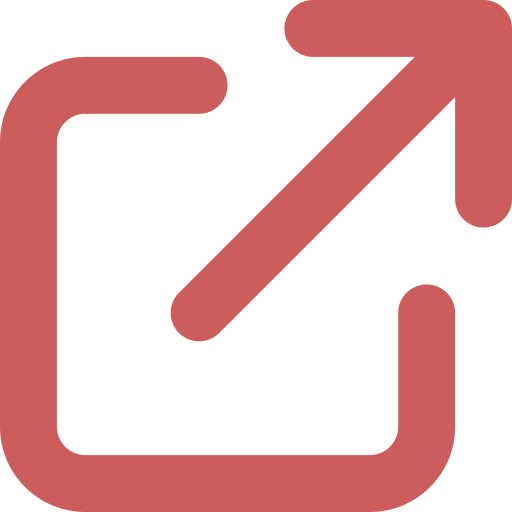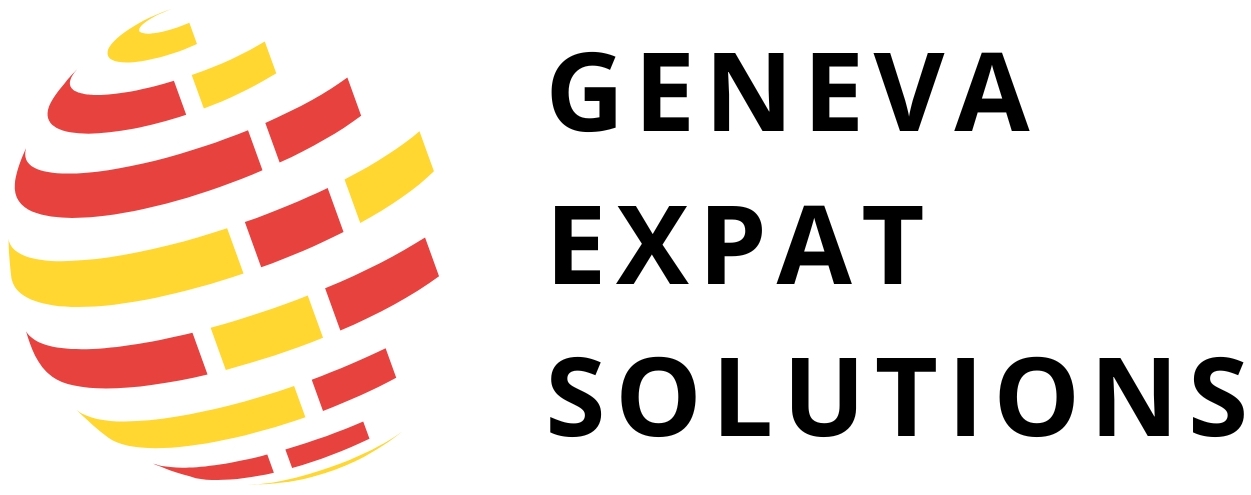If you’re leaving Switzerland or changing jobs, you might be wondering what happens to your pension. The Swiss pension system is based on three pillars: the state pension (1st pillar), the occupational pension (2nd pillar), and private retirement savings (3rd pillar). The steps you need to take depend on your employment status, your destination if you’re relocating, and your long-term plans.
If you are not very familiar with the Swiss pillar system, I recommend reading my dedicated article here before diving into the rest of this article.
Your 1st pillar (AVS/AHV)
The 1st pillar is the Swiss state pension. It is funded by mandatory social security contributions deducted from your salary each month and paid by both you and your employer. You do not have individual access to the funds. Instead, they contribute to your future retirement benefits. The 1st pillar operates on a pay-as-you-go basis, meaning that current contributions are used to finance the pensions of current retirees, rather than being saved individually for future payouts.
If you leave Switzerland permanently:
- You may be entitled to a reimbursement of your contributions if you are moving to a non-EU/EFTA country that does not have a social security agreement with Switzerland. In this case, you must apply directly to the Caisse de compensation (list of offices with contact info
 ).
). - If you move to a country with a social security agreement (including most EU/EFTA countries), your contributions are preserved. You will not be reimbursed but may later receive retirement benefits from Switzerland based on your contribution history.
In both cases, it’s essential to keep your AVS certificate and all related documents, as these may be needed when you reach retirement age or to coordinate benefits from abroad.
Your 2nd pillar (LPP/BVG)
The 2nd pillar is a mandatory occupational pension. It is funded by contributions from you and your employer. When you leave your job, your pension fund does not stay with the employer. It must be transferred elsewhere, depending on your situation.
- If you remain in Switzerland without a new employer, the funds must be transferred to a vested benefits account. You can choose the provider and even split the funds between two accounts.
- If you start a new job, the new employer’s pension fund will request the transfer directly.
- If you become self-employed, you are no longer required to contribute to the 2nd pillar. You can leave the funds in a vested benefits account or switch to voluntary 3rd pillar contributions.
If you leave Switzerland permanently
Your options for the 2nd pillar depend on where you’re moving:
- If you move to an EU or EFTA country, the mandatory part of your 2nd pillar must generally remain in a vested benefits account in Switzerland. The extra-mandatory portion, anything above the legal minimum, can usually be withdrawn.
- If you move outside the EU or EFTA, you may be able to withdraw the full amount, subject to providing proof of deregistration from your Swiss commune and confirmation of residence abroad.
Withdrawals are subject to a withholding tax. The rate depends on the canton where the vested benefits account is held. You are allowed to move the funds to another canton before withdrawing them.
Your 3rd pillar (pillar 3a)
The 3rd pillar is a private, voluntary pension used to supplement retirement savings. Most people who open a 3rd pillar account do so in order to take advantage of the tax benefits (payments are tax deductible). If you contributed to a restricted 3a account, you can usually withdraw the funds if you leave Switzerland permanently.
- Proof of permanent departure is required, typically in the form of a deregistration confirmation from your commune.
- As with the 2nd pillar, the payout is taxed at source and the rate varies by canton.
- You may choose to transfer the funds to a more tax-favorable canton before withdrawing.
There are also unrestricted 3b savings options, which are not tied to retirement and follow different rules.
If you stay unemployed
If you are unemployed and not yet retiring, your 2nd pillar must be transferred to a vested benefits account. You can continue to hold it there until retirement or until you begin working again. You can have one or two such accounts, which gives some flexibility later on for phased withdrawals.
Keep your records
Whether you leave your funds in Switzerland or withdraw them, always keep copies of the following:
- Pension and AVS statements
- Deregistration confirmation from your commune
- Any forms or letters from pension providers or compensation offices
- Proof of residence in your new country, if applicable
Good recordkeeping makes it much easier to follow up later, especially if you’re dealing with banks, tax authorities, or Swiss institutions from abroad.
Looking for personalized guidance?
I’m here to provide expert guidance and help you find the answers, starting at just 30 CHF.






